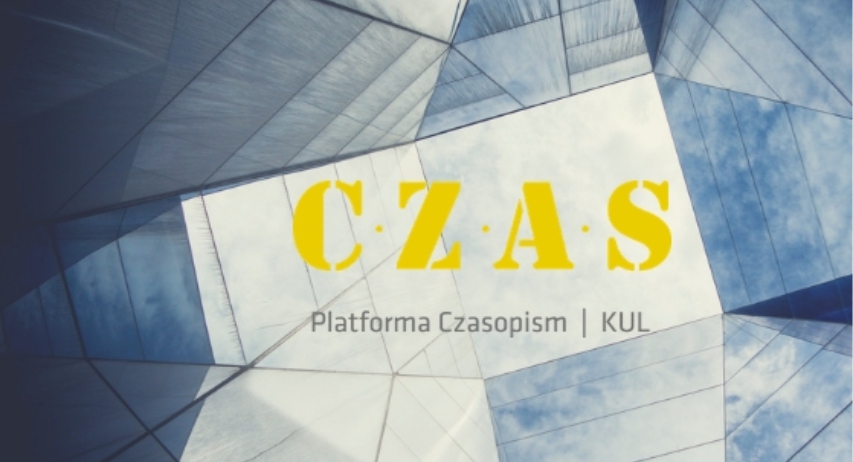Work-life balance in US law using the example of California
Abstract
In the United States, parents’ entitlements, including the right to childcare leave, are regulated primarily by federal law and state law. An example of a state law, which is discussed in this paper, is the law of California, which is one of the leading states in terms of worker rights. The implementation of a work-life balance policy in California is mainly focused on extending childcare leave entitlements, guaranteeing that this leave is paid, enabling flexible work arrangements and facilitating the use of these entitlements by men.
Keywords:
work-life balance, childcare leave, flexible workplace, childcare, leaveSupporting Agencies:
Financially supported by Minister of Science under the “Regional Initiative of Excellence” (RID) programme.References
Ardelean, Paula G., Mitchell C. Baker, Brian D. Hall, Wynter Allen, Thomas F. Hurka, Alison T. Vance, and David J. Carr. “The Development of Employment Rights and Responsibilities from 1985 to 2010.” American Bar Association Journal of Labor & Employment Law 25, no. 3 (2010): 449–86.
Barrera, Jennifer. “California Must Fix Labor Laws to Reflect Shift to Remote and Hybrid Work Arrangements.” Advocacy, December 1, 2022. Accessed October 30, 2024. https://advocacy.calchamber.com/2022/12/01/california-mustfix-labor-laws-to-reflect-shift-to-remote-and-hybrid-work-arrangements/.
California Commision on the Status of Women. “Reports.” Accessed October 30, 2024. https://women.ca.gov/reports.
California Commission on the Status of Women and Girls (CCSWG). Accessed October 30, 2024. https://women.ca.gov/.
California. Work and Family Advisory Committee. “The Future of California. Work and Family Programs. Report and Recommendations.” The Committee 2000.
Czerniak-Swędzioł, Justyna. “Urlop opiekuńczy i zwolnienie od pracy z powodu działania siły wyższej – (nie)trafione uprawnienia pracownicze?” [“Care Leave and Time off from Work Due to Force Majeure – (Im-)Pertinent Worker Rights?”]. Monitor Prawa Pracy, no. 1 (2024): 14–9.
Employment Development Department. State of California. Accessed October 30, 2024. https://edd.ca.gov/.
European Union. “European Union Directives.” Accessed October 30, 2024. https://eur-lex.europa.eu/legal-content/PL/TXT/?uri=LEGISSUM:l14527&frontOfficeSuffix=%2F.
Godlewska-Bujok, Barbara. “Work-life balance po polsku – najważniejsze refleksje po nowelizacji z 2023 r.” [“Work-Life Balance the Polish Way - The Key Thoughts After the 2023 Amendment”]. Radca Prawny 35, no. 2 (2023): 11–26. (Crossref)
Grzywacz, Joseph G., and Nadine F. Marks. “Reconceptualizing the Work-Family Interface: An Ecological Perspective on the Correlates of Positive and Negative Spillover Between Work and Family.” Journal of Occupational Health Psychology 5, no. 1 (2000): 111–26. (Crossref)
Guerin, Lisa, and Sachi Clements. The Essential Guide to Federal Employment Laws (NOLO, 2022).
Hogan, Kathleen. “The Employee Experience at Microsoft: Aligning Benefits to Our Culture.” Microsoft, August 5, 2015. Accessed October 30, 2024. https://blogs.microsoft.com/blog/2015/08/05/the-employee-experience-at-microsoft-aligning-benefits-to-our-culture/.
Johnson, Jeffrey V., and Jane Lipscomb. “Long Working Hours, Occupational Health and the Changing Nature of Work Organization.” American Journal of Industrial Medicine 49, no. 11 (2006): 921–9. (Crossref)
Jonason, Chelsey. “Keeping Mothers in the Workplace. Shifting from McDonnell Douglas to Protect Employees Who Use FMLA Leave.” American Bar Association Journal of Labor & Employment Law 32, no. 3 (2017): 437–56.
La Mar, Michelle, Sarina Saluja, and Kimberly Stallworth. “A Recap of the New California Employment Laws That Took Effect in 2023. Loeb & Loeb LLP, February 2023. Accessed October 30, 2024. https://www.loeb.com/en/insights/publications/2023/02/a-recap-of-the-new-california-employment-laws-thattook-effect-in-2023.
McDonald, James J., Jr. California Employment Law. An Employer’s Guide. Society for Human Resource Management, 2020.
Mead, Rebecca J., Shannon McConville, Paula Harmer, Michael Lubin, Andrea Tinsley, Julie Chang, and June McMahon. The Struggle to Juggle Work and Family. Los Angeles: Center for Labor Research and Education, School of Public Policy and Social Research, UCLA, 2000.
Microsoft. “Flexible Work.” Accessed October 30, 2024. https://careers.microsoft.com/v2/global/en/flexible-work.
Rosenfeld, David A., Nina G. Fendel, and Anne Yen. California Workers’ Right, 5th ed. Berkeley: Center for Labor Research and Education, University of California, 2016.
Sherriff, Rona Levine. Balancing Work and Family. Sacramento: California Senate Office of Research, 2007.
SHRM. “Making Flexible Work Arrangements.” Accessed October 30, 2024. https://www.shrm.org/topics-tools/tools/toolkits/managing-flexible-work-arrangements.
SHRM. “Managing Workplace Flexibility in California.” Accessed October 30, 2024. https://www.shrm.org/topics-tools/tools/toolkits/managing-workplace-flexibility-california.
Skorska, Anna M. “In Search for Balance in Life, Professional and Personal Preferences and Expectations of Poles.” Rynek Pracy 187, no. 4 (2023): 6–21.
Stojković Zlatanović, Sanja, and Marta Sjeničić. “Normative Approach to Workers’ Mental Well-Being in the Digital Era.” Review of the European and Comparative Law 57, no. 2 (2024): 55–75. (Crossref)
Warren, Tom. “Microsoft Employees Are Getting Unlimited Time Off.” The Verge, January 11, 2023. Accessed October 30, 2024. https://www.theverge.com/2023/1/11/23550470/microsoft-employees-unlimited-time-off-2023.
Wełpa, Katarzyna. “Projektowane zwolnienie od pracy z powodu działania siły wyższej w perspektywie wdrożenia dyrektywy 2019/1158 do polskiego porządku prawnego” [“The Planned Time off from Work Due to Force Majeure from the Perspective of Implementation of Directive 2019/1158 in the Polish Legal System”]. Monitor Prawa Pracy 19, no. 3 (2022): 21–5.
Williams, Joan C. Reshaping the Work-Family Debate. Why Men and Class Matter. Harvard University Press, 2012. (Crossref)











